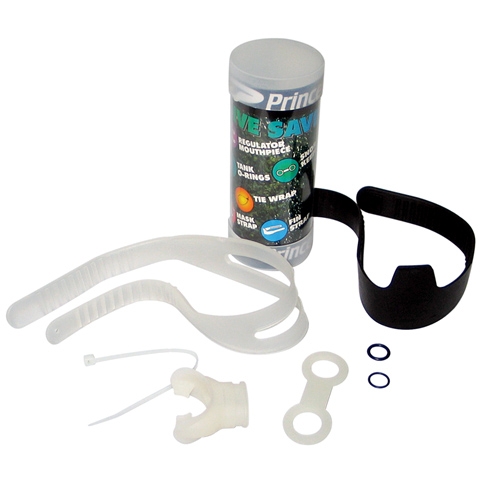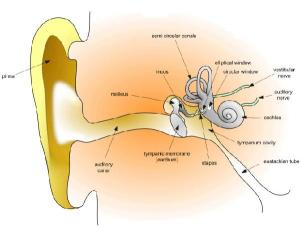
Save a Dive
Here are just a few things to keep in mind in order to save a dive and also save some money at the same time by not wasting your time and gas on a wasted trip because either something failed or you forgot something. Always have a save a dive kit in a container, any closed lid small container air tight will do. The save a dive kit should contain just what you could need to keep diving.
When we consider all the preparation that goes into scuba diving, and that we divers are so reliant on our dive gear, it only makes sense to be prepared to handle problems due to equipment malfunction, failure or loss. Admittedly, not everything that can go wrong with scuba diving gear can be anticipated, but there are some simple steps divers can take to make sure that they don’t have to cancel a dive because of equipment malfunction, o-ring leaks, loose connections or loose fittings can end a dive, not able to use your fins or mask because of straps breaking.
Most divers often consider the idea of assembling their own save-a-dive kit, so we have provided a guideline to getting started below. Keep in mind, what you find useful or necessary may vary and by no means is this an exhaustive list of what divers will need to bring along to be fully prepared. However, this should help you with the most common problems that may come up during a diving episode.
#1. Container for Dive Kit contents – First of all, you’ll have to determine an correct size of container for all your spare parts, tools, etc. Some use a dedicated small dive bag or reg bag while others go for fishing tackle boxes, small tool boxes or dry pelican cases. Whatever you decide should be based on size, organization, accessibility and appropriate water tightness. There are certain things you will want to keep dry, to keep them ready for use.
#2. Spare Fin and mask straps (if your fins or mask have straps that is). Sometimes even spare fins or mask are a must.
#3. O-ring Pick– O-rings will not do you much good if you don’t have a tool to dislodge old, worn or broken o-rings. O-ring picks look much like dental tools; however, ideally they should be made out of brass as stainless steel tools can scratch delicate surfaces on valve faces or regulators.
#4. O-rings, including tank valve o-ring and various regulator o-rings for emergency field repair.
#5. Spare scuba gloves and diving boots.
#6. Dive Tool Kit – A basic Kit is essential to fixing minor problems. Get a combination wrench kit from the local dive shop. You should have some hex/alan keys (imperial and metric), wrenches or a small adjustable crescent wrench, a flat head (and possibly a Phillips head screwdriver), needle nose pliers and a cutting snips.
#7. Wet suit repair adhesive, (good for several applications).
#8. Extra Batteries for Computer and diving lights.
#9. Diving O-ring Silicone – used sparingly to lubricate o-rings.
#10. Lighter – To burn/melt ends of a search line or any other line.
#11. Zip Tie – bring various sizes. These can be used in emergencies to zip tie broken gear and is used to attach mouthpieces to regulator second stages.
#12. Silicone Mouthpiece– You never know when your mouthpiece will come off, the zip tie breaks and your without a mouthpiece, so its always a good idea to have a spare one to use or lend to your buddy.
Always remember that a prepared diver is a safe diver.

